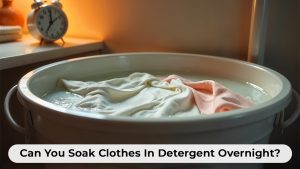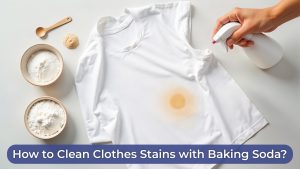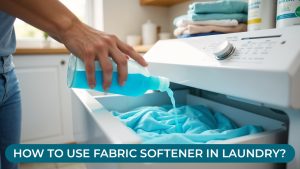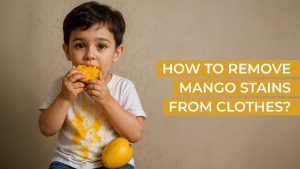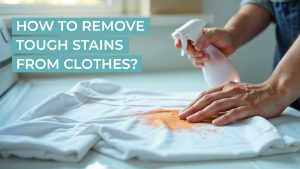Clothing paint stains, especially those caused by specialty...
Read More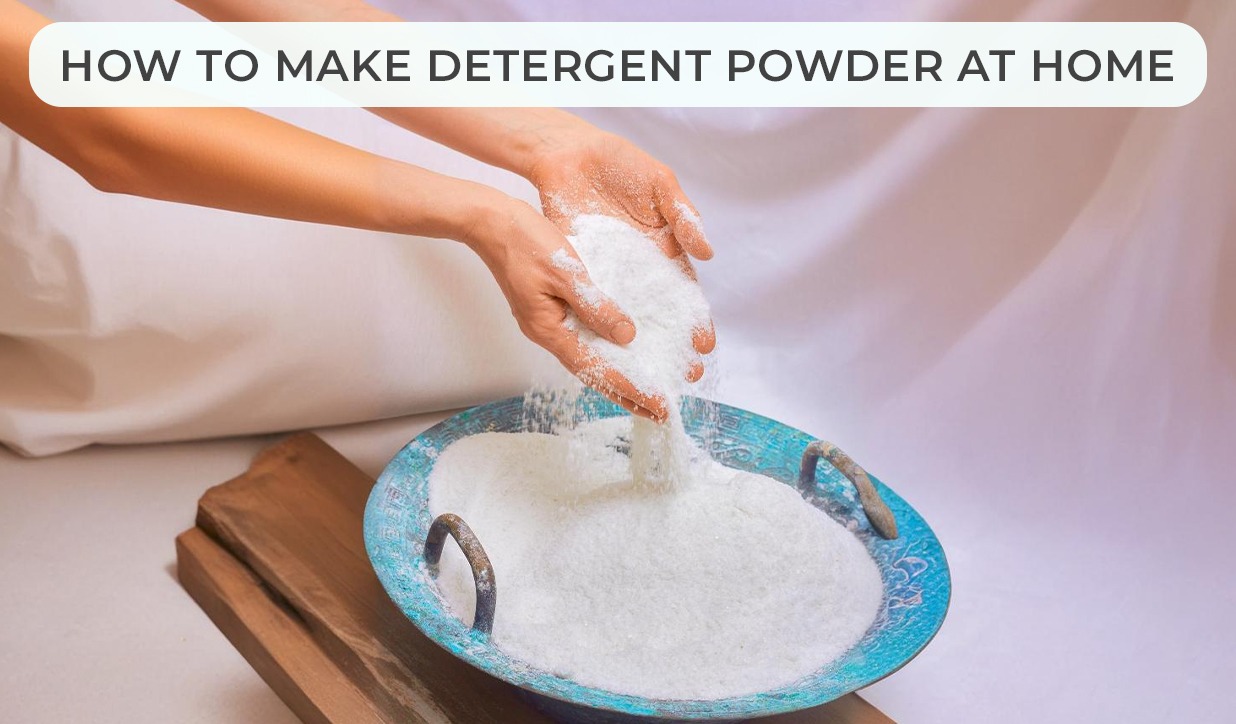
Table of Contents
In today’s fast changing world, consumers are becoming more conscious of what products they use on a daily basis, including household cleaners and detergents. Detergents bought in the marketplace often contain chemicals that are harmful for your skin and also degrades the environment. Additionally, as most commercial detergents are packaged in plastic, leading to more environmental pollution and waste creation.
The good news is that you can make your own detergent powder at home with just a few simple, natural ingredients. Not only is it cost-effective, but it also allows you to have complete control over what goes into your detergent. This is especially beneficial for those with sensitive skin, allergies, or babies who need a gentler washing solution.
How to Make Detergent Powder at Home?
Making your own detergent powder is also an excellent step toward a more sustainable lifestyle. Since you won’t be using harsh chemicals, the wastewater from your laundry will be much less harmful to the environment. Plus, reducing your reliance on commercial detergent means fewer plastic containers piling up in landfills.
In this guide, we will walk you through the step-by-step process of how to make detergent powder at home. Whether you’re looking for a budget-friendly alternative or an eco-friendly solution, this DIY detergent will leave your clothes fresh, clean, and chemical-free!
Why Make Your Own Detergent Powder?
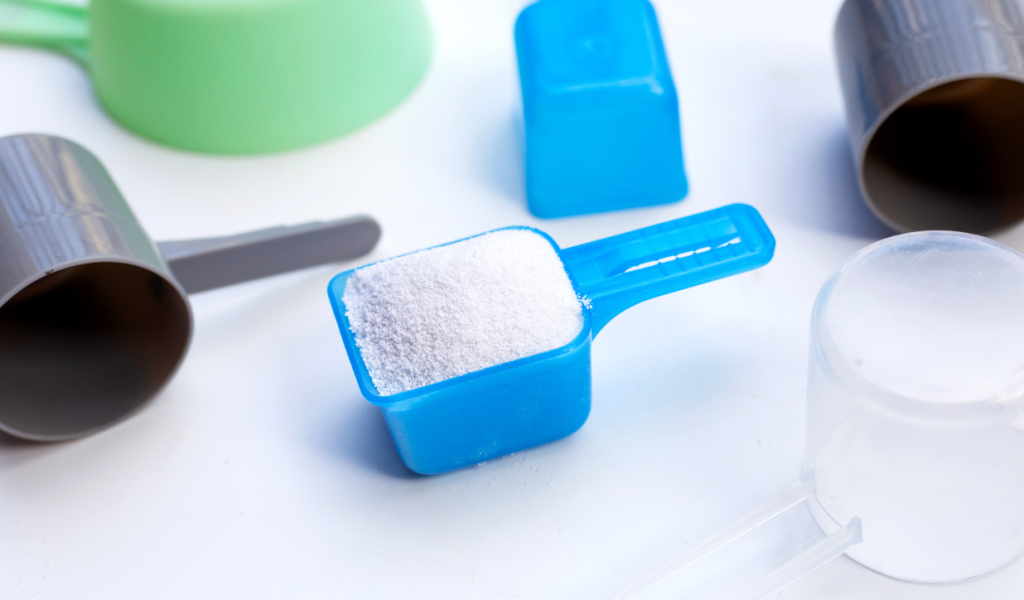
Before we get into the recipe, let’s take a look at some of the key benefits of making detergent powder at home:
- Cost-Effective
Store-bought detergents can be expensive, especially branded ones with special features like fragrance boosters or stain removers. Making your own detergent can significantly cut costs since the ingredients are affordable and readily available.
- Eco-Friendly
Homemade detergent reduces plastic waste and eliminates the use of harmful chemicals that end up in our water systems. It’s a small but impactful step toward sustainable living.
- Safe for Sensitive Skin
If you or your family members have skin allergies or sensitivities, homemade detergent is a great solution. It’s free from artificial fragrances, dyes, and harsh chemicals that may cause irritation.
- Customizable Formula
When making your own detergent, you can choose the ingredients that best suit your laundry needs. Whether you prefer a fragrance-free detergent or one with a natural scent from essential oils, you have full control over the formula.
- Effective Cleaning Power
Homemade detergent works just as well as commercial ones. It effectively removes dirt, grease, and stains while keeping fabrics soft and fresh.
Ingredients Needed for DIY Detergent Powder
To make your own detergent powder, you will need the following ingredients:
1 bar of soap (natural or mild laundry soap like Castile or Marseille soap) – Acts as a cleaning agent.
2 cups of washing soda (sodium carbonate) – Helps remove tough stains and softens water.
2 cups of baking soda (sodium bicarbonate) – Enhances cleaning power and neutralizes odors.
1 cup of borax (optional, can be replaced with more baking soda) – Boosts stain removal (skip if you prefer a borax-free recipe).
10-15 drops of essential oil (lavender, lemon, or tea tree oil)– Adds fragrance and has antibacterial properties.
Get perfectly cleaned clothes at your doorstep!
How to Make Detergent Powder at Home?
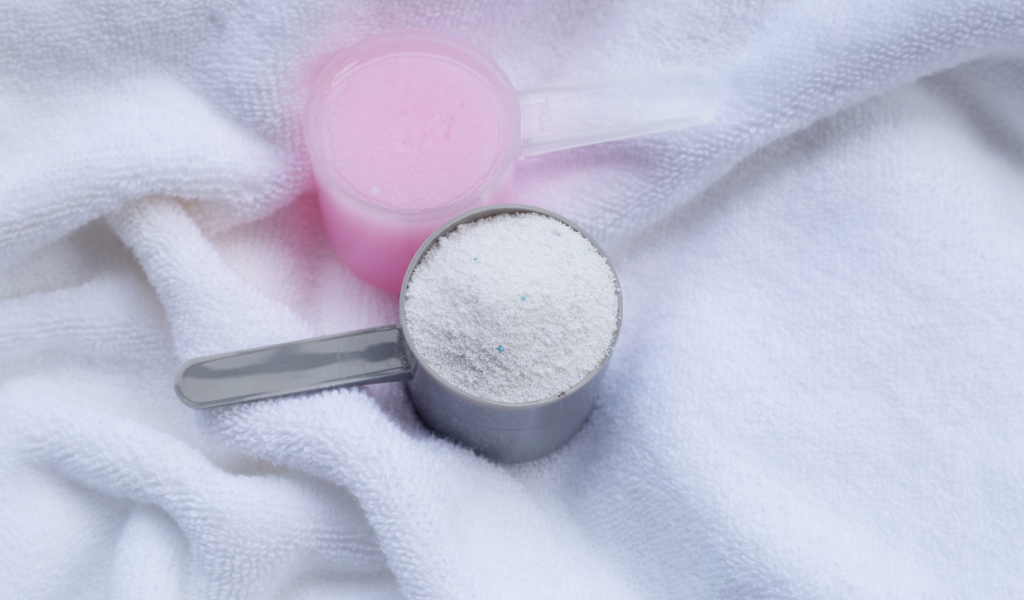
Step-by-Step Guide is mentioned below:
Step 1: Grate the Soap
Using a cheese grater or a food processor, grate the soap bar into fine flakes. The smaller the flakes, the easier they will dissolve in water. If you prefer, you can blend them in a mixer for a more powdery consistency.
Step 2: Mix the Dry Ingredients
In a large bowl, combine the grated soap, washing soda, baking soda, and borax (if using). Stir thoroughly to ensure an even mixture.
Step 3: Add Essential Oils
To give your detergent a natural fragrance and antibacterial properties, add 10-15 drops of essential oil. Stir the mixture well so that the oils are evenly distributed.
Step 4: Store the Detergent
Transfer the detergent powder to an airtight container or a mason jar. Keep it in a dry, cool place to prevent clumping.
Step 5: Use as Needed
For a regular load of laundry, use 2 tablespoons of homemade detergent. For heavily soiled clothes, you can increase the amount slightly.
Flat 20% off on 1st order-
schedule free pick up
Additional Tips for Best Results
For White Clothes: Add ½ cup of white vinegar to the rinse cycle for extra brightness.
For Soft Clothes: Mix a small amount of Epsom salt into the detergent.
For Stain Removal: Make a paste with the detergent powder and water, apply to stains, and let sit for 10 minutes before washing.
For High-Efficiency Machines:This detergent is low-sudsing, making it perfect for HE washers. Use a smaller amount to avoid residue buildup.
Get Shiny and spotless clothes at home
Conclusion
Making your own detergent powder at home is simple, cost-effective, and eco-friendly. With just a few natural ingredients, you can create a powerful cleaning solution that keeps your clothes fresh and free from harsh chemicals.
This DIY detergent works well for all types of laundry, including baby clothes, delicate fabrics, and heavily soiled garments. Plus, it’s completely customizable, so you can adjust the ingredients according to your preferences.
By switching to homemade detergent, you’re not only saving money but also reducing your environmental footprint. Try this recipe today and enjoy clean, fresh-smelling clothes without the toxins!
Common FAQs About DIY Detergent Powder
Yes! Just dissolve a small amount in water before washing delicate fabrics.
Yes, especially if you use mild soap like Castile and avoid essential oils.
Yes! It’s safe for both whites and colored clothes.
When stored properly, it lasts up to six months.
Yes! Just make sure to grate the soap finely for better dissolving.
Disclaimer: The opinions expressed in this article are those of the author. They do not necessarily purport to reflect the values or views of Tumbledry.
Can You Soak Clothes In Detergent Overnight?
Can you soak clothes in detergent overnight? This...
Read MoreWhat Are Essential Oils And Their Benefits In
Essential oils are natural plant extracts known for...
Read MoreHow to Get Grass Stains Out of Shoes?
Grass stains on shoes are a common yet...
Read MoreHow to Clean Clothes Stains with Baking Soda?
It is very common to have food stains...
Read MoreHow To Use Fabric Softener In Your Laundry?
Fabric softeners help in maintaining your clothes while...
Read MoreHow To Remove Mango Stains From Clothes?
We all love eating mangoes in summer however...
Read MoreHow To Remove Tough Stains From Clothes?
Are you also suffering from tough stains on...
Read MoreHow to Prepare Your Clothing For Dry Cleaning?
In this blog, we'll guide you through the...
Read MoreIs It Right To Wash Bed Sheets With
Washing bed sheets with other clothes can lead...
Read More

